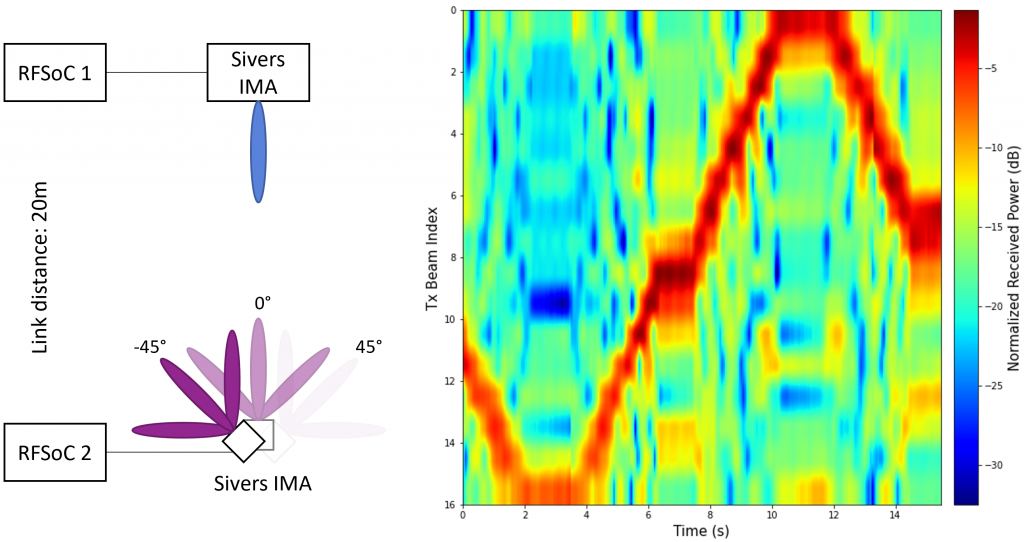
Beam tracking is a well-known challenge for wireless systems in the millimeter wave (mmWave) bands. The mmWave bands — a key component of new 5G systems — offer very high data rates, but the signals need to be transmitted in narrow beams steered by specialized antennas called phased arrays. Tracking these beams as users move, particularly in environments with obstacles, has been an active topic of research. Yet few researchers have been able to conduct the complex experiments needed to evaluate and develop beam tracking algorithms. To close this gap, the COSMOS platform has recently developed a first fully open source, open access dynamic beam tracking testbed. The testbed consists of two phased arrays mounted on XY tables that can be moved in both orientation and translation to create reproducible, controlled motion. The arrays and the XY tables can be remotely controlled so that users across the world can run experiments. The testbed and data will provide a valuable tool for training and developing new algorithms, particularly with the growth of AI-based methods that demand large volumes of training data. The work is led by PhD students, Panagiotis Skrimponis at NYU and Prasanthi Maddala at Rutgers with faculty from Rutgers, Columbia University, and NYU. The testbed will be demonstrated at the upcoming Brooklyn 6G Summit.


